Should one wee on one’s lemon tree?
According to age-old gardening lore, urine is a good fertiliser for many plants because it contains major nutrients. But is it fact or fiction? Our gardening expert weighs in.
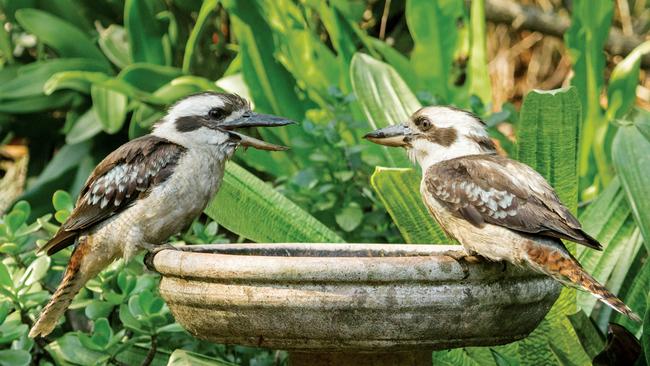
To discover the answer to the lemon tree wee question, scroll to the below Gardening Q&A section.
If you want expert advice on how to attract native birds to your garden, you’ll love Stephanie Jackson’s book Creating a Bird-Friendly Garden (New Holland, $35). Birds play an invaluable role in gardens by controlling insect pests, pollinating flowers and providing sights and sounds to enjoy. The book and its excellent photos introduce 50 species of birds that routinely visit gardens, describing their natural habitats, behavioural characteristics, preferred foods, and plants to grow to attract them. Birds can feed on the nectar, seeds and fruits of plants, or forage on insects, reptiles and frogs that inhabit a bird-friendly garden. Well-illustrated plant directories for both native and exotic species detail more than 230 species of plants that offer food, shelter and habitat for birds. There are useful hints on design features for creating a garden with the needs of birds in mind, as well as tips to make a safe haven for birds and a discussion about the pros and cons of feeding wild birds. A chapter devoted to creating a bird-friendly neighbourhood will have you thinking about spreading the joy outside your own patch.
For the birds
Ideal bird habitat comprises layers of different plants of varied heights, with groundcovers, grasses...
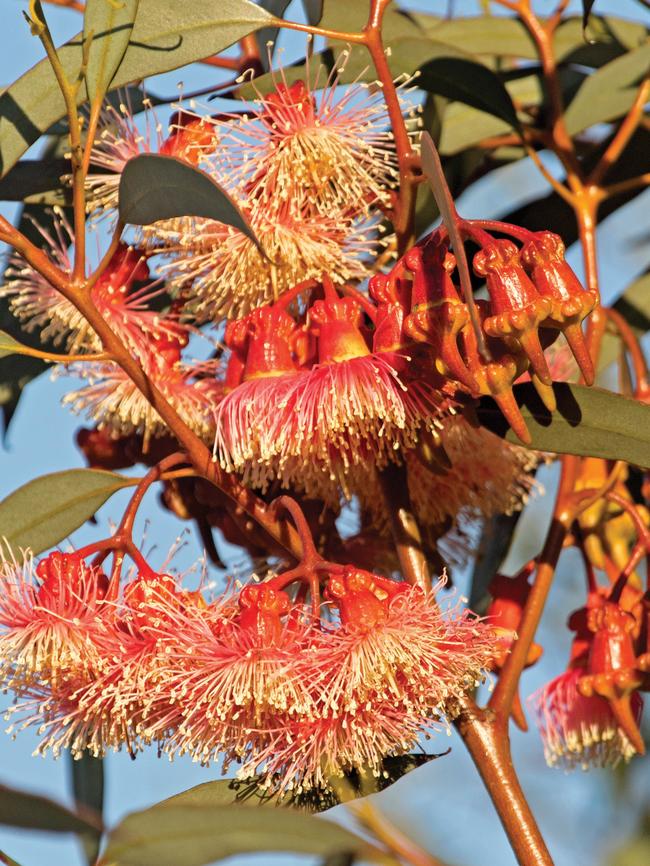

...and shrubs of various sizes and trees, in close proximity. Here are four to try:
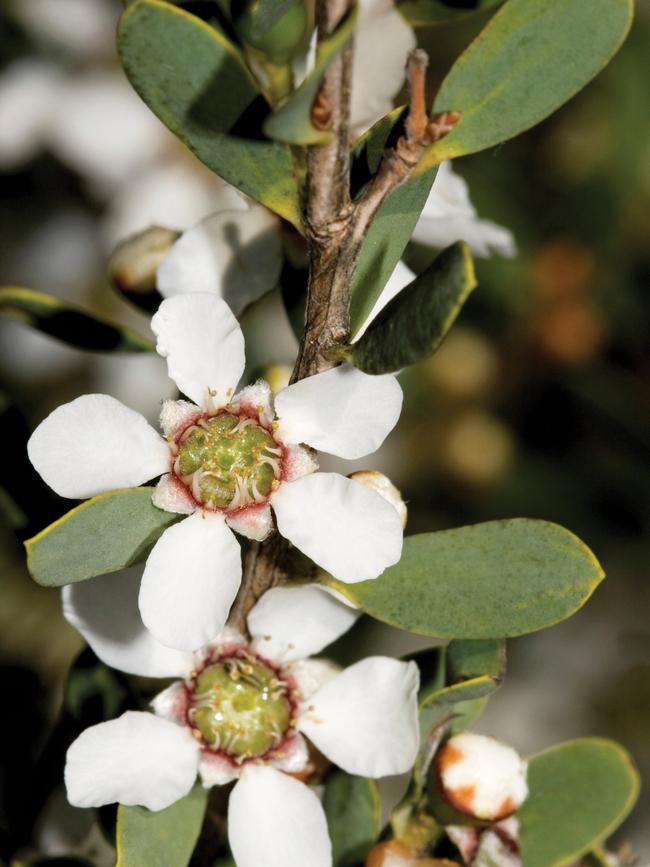
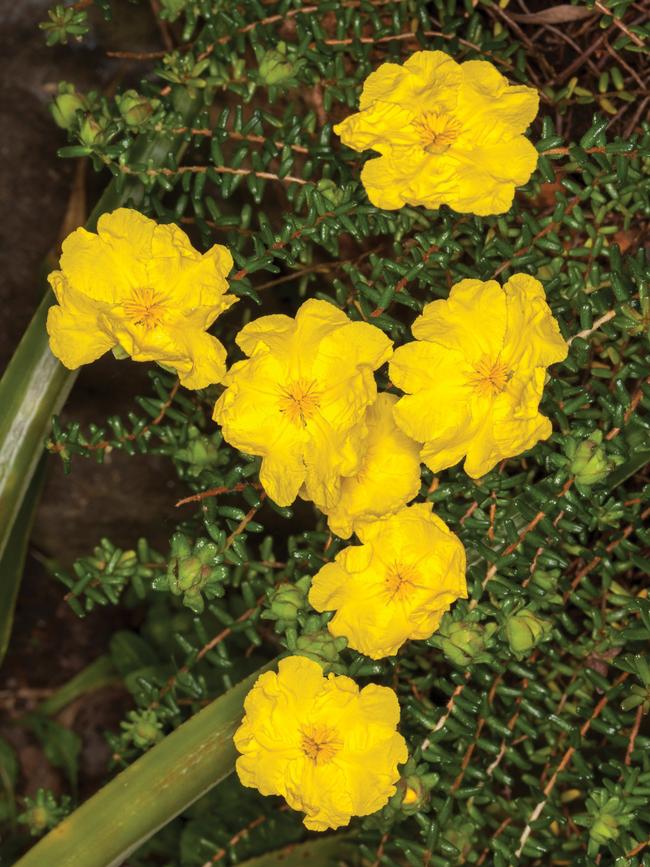
Q&A
Should one wee on one’s lemon tree?
Lauren, Perth
The old lore to wee on the lemon tree after the pub on Fridays holds some truth. Urine is a good fertiliser because it contains the major nutrients – nitrogen, potassium and phosphorus – in a form readily absorbed by plants. It’s an age-old practice, confirmed in modern-day trials. Unlike faeces, urine (from healthy people) poses few health risks. Don’t overdo it on small trees, though, as it might burn the roots. Ideally, water it in; this also reduces the smell.
My lemon tree is badly infested with gall wasp and our rampant passionfruit has grown through it. Should I panic?
Mark Davis, Perth
This native pest causes lumpy galls, which grow around the larvae on branches. They weaken citrus and can cause dieback. You must control them before the wasps hatch in spring and re-infest the tree. April to June is the ideal time; use a potato peeler or knife to slice off one side of the gall, exposing and killing the larvae. If you cut off affected branches, place them in sealed plastic bags in the sun for a month, or burn them, as wasps can still emerge from off-cuts. A rampant passionfruit will block your tree’s access to sunlight and encourage many pests, thus affecting its health. Give the passionfruit something else to climb on.
Could you suggest a flowery vine to grow on a trellis on the side passage wall? It gets afternoon sun in summer, less in winter.
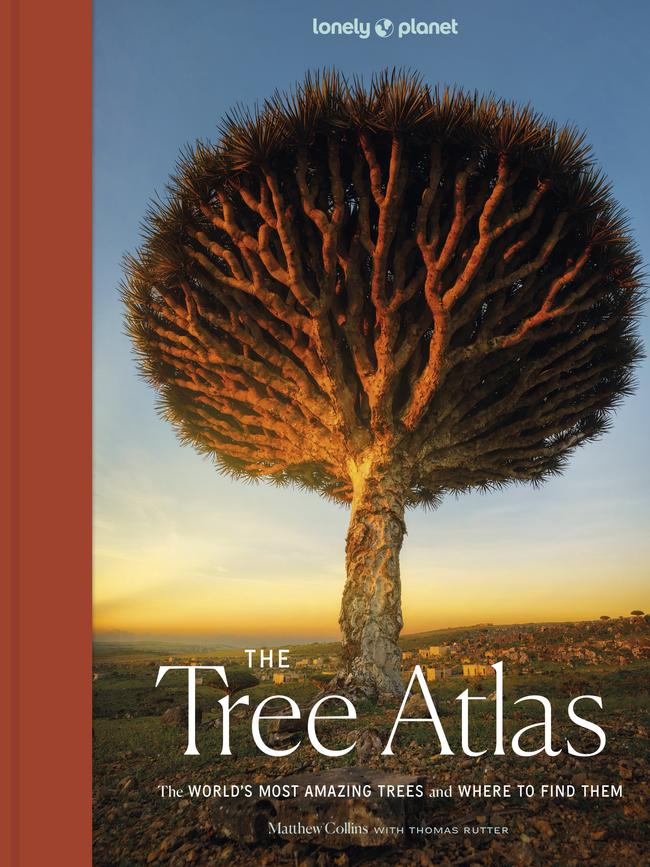
Helen Marriner, Sydney
Most flowering climbers need plenty of sun or they’ll just grow along the fence top, leaving the fence itself bare. For full coverage in part shade, star jasmine (Trachelospermum jasminoides) is best. There’s a variegated leaf form and one with light gold flowers rather than white. Bleeding heart (Clerodendrum thomsoniae) with red and white flowers, and native bluebell creeper (Billardiera heterophylla) are options. Any of the Hoya species should succeed too.
Send your questions to: helenyoungtwig@gmail.com The best question for April will win The Tree Atlas (Lonely Planet, $70) and a Bamboo Pod Birdhouse from Annabel Trends ($29.95)






To join the conversation, please log in. Don't have an account? Register
Join the conversation, you are commenting as Logout